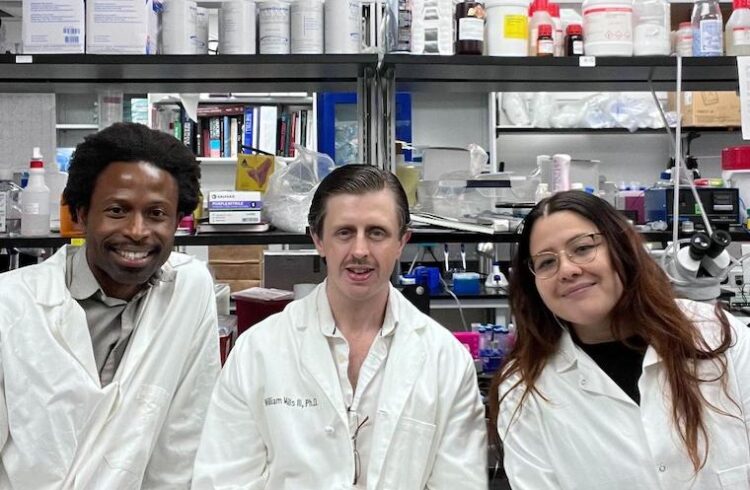
Groundbreaking cancer research at the University of Virginia School of Medicine has discovered a previously unknown way genes can fuse into “chimera” that play a crucial role in the growth of cancer tumors. The discovery may lead to better ways to track cancer’s progression and may offer better therapeutic targets for both early and late-stage prostate cancers.
The research upends the long-held belief that gene fusions commonly seen in cancer are produced solely through the rearrangement of chromosomes, which are bundles of genes. The UVA researchers instead found that gene fusions in prostate cancer were being generated without chromosomal rearrangement. The question then became: How?
Breaking gene boundaries
The researchers discovered that adjacent genes were producing fusions during the process through which genetic instructions are transcribed into mature messengers for functional protein translation, a process known as cis-splicing. The result was chimeric RNA containing fragments of the neighboring genes.
“Each gene is like a unit. There are boundaries preventing [one] gene’s factors from influencing other genes,” says UVA researcher Hui Li, PhD. “This discovery really says in cancer, the boundary is not that tight. … Somehow cancer has found ways to go through the boundary and read into the next gene, and somehow, with splicing, can actually join different gene parts together.”
(The original Chimera was a mythical beast with the head of a lion and body parts of other animals, including a snake for a tail.)
‘Functionally crucial’ to cancer
Until now, many scientists have believed that most if not all chimeric RNAs were junk. More specifically, chimeric RNAs containing components of neighboring genes in mammalian cells were deemed rare but unimportant detritus. But the UVA research suggests chimeric RNA is “functionally crucial” to prostate cancer cell growth, Li says.
“We like to say cancer is very smart,” he says. “It can use whatever mechanism is there to try to make something useful for itself.”
Better cancer treatment
Notably, the amount of chimeric RNA produced correlates with prostate cancer progression – the highest levels are found in cases where the cancer has metastasized. “The more malignant the cancer is, the higher the level of chimeric RNA,” Li says. “This particular chimeric RNA is either not present or very, very low among normal cells, but somehow, in cancer, it’s much more abundant.” As such, he says, it may one day serve as a useful diagnostic marker for prostate cancer’s progression, in addition to potentially pointing the way for improved prostate cancer treatments.
The findings have been published online in Cancer Discovery , a journal of the American Association for Cancer Research.


